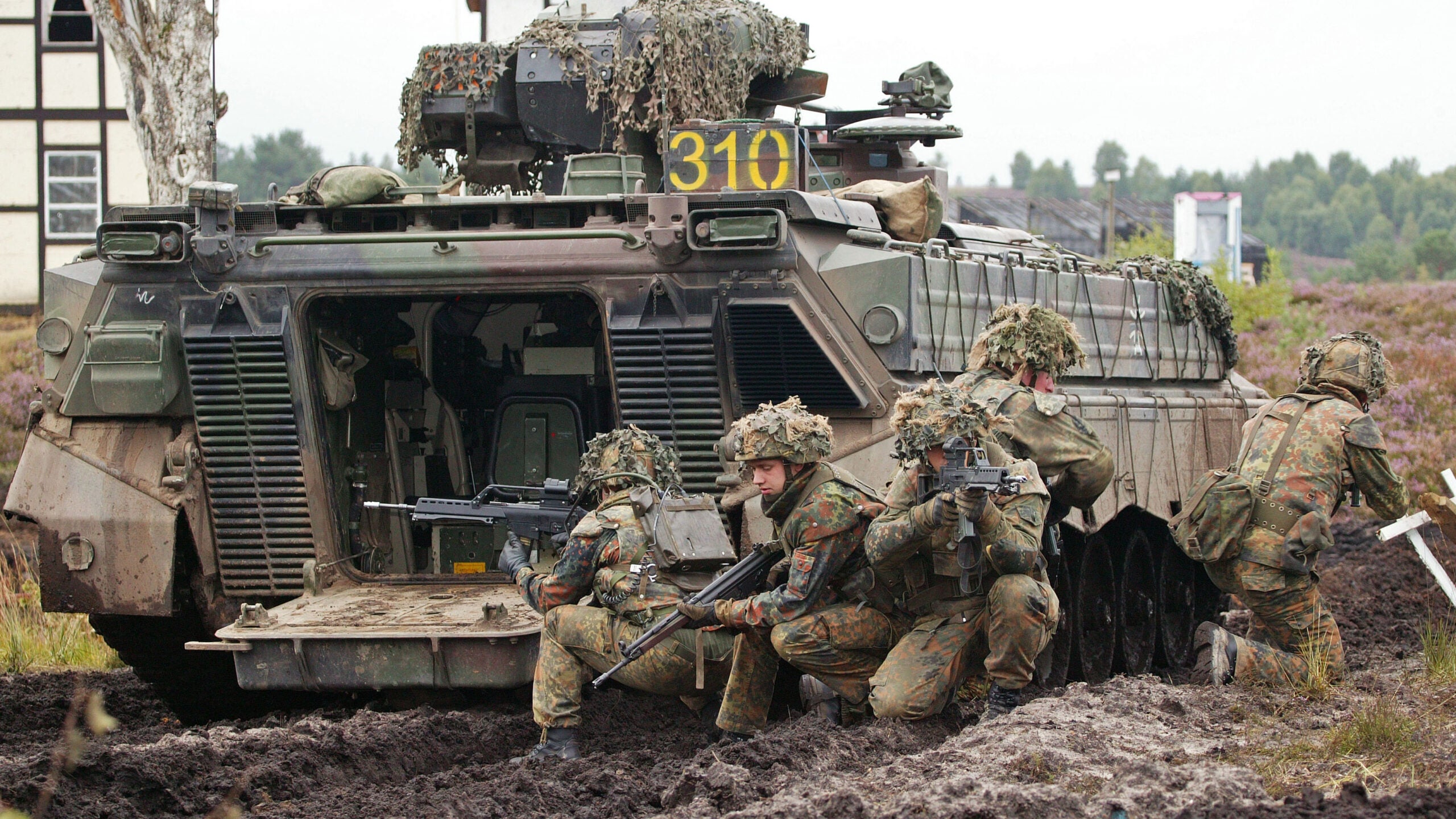Fifty years young, the German Army’s Marder tracked infantry fighting vehicle, or IFV, was one of the first of its kind to enter service during the revolution in mechanized warfare that took place midway through the Cold War. Now, even with replacement by the more modern Puma IFV well underway, work continues to improve the Marder to ensure it can remain effective in service for years to come.
More details of the current service-life extension for the German Army Marder IFV — named for the tree-dwelling marten mammal — were provided recently to Europäische Sicherheit & Technik by Rheinmetall, which now has manufacturing and marketing responsibility for the vehicle. The company has now completed delivery of new MELLS anti-tank guided missiles, or ATGMs, for the more than 70 German Marders that are undergoing a service-life extension. The MELLS is based on the Israeli-designed Spike missile, which can tackle armored targets out to ranges of around 2.5 miles, or 3.4 miles when using the Spike LR (Long Range) version.
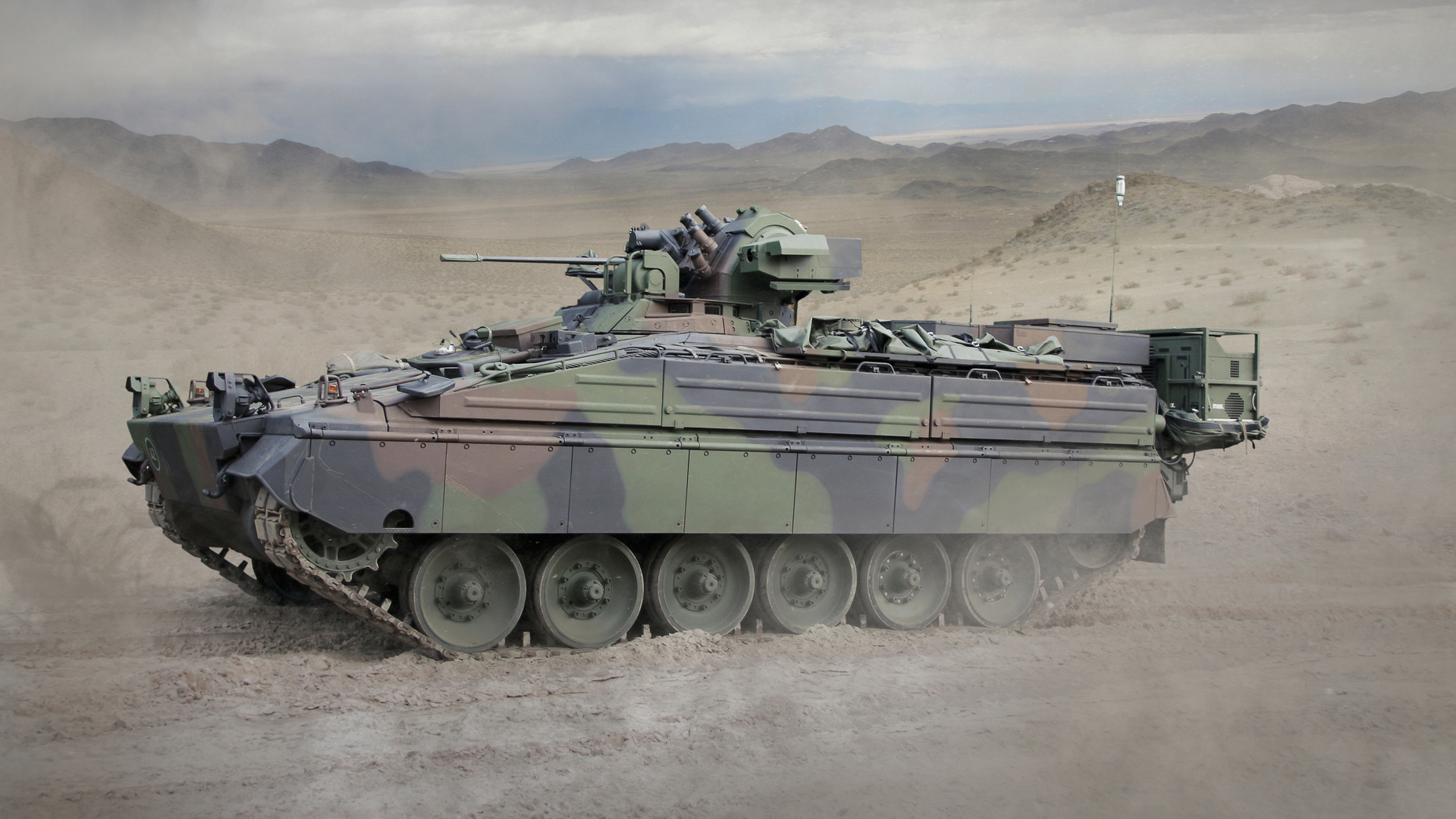
At least some of the Marders have already been converted to use MELLS, which replaces the Cold War-era MILAN missile with which they were previously armed.
New missiles are just a part of the program to keep a portion of the Marder fleet in active Bundeswehr service, however, in its latest 1A5A1 version.
Other new equipment being added to the Marder includes the Hensoldt Spectus multispectral driver’s sight system that combines an uncooled thermal imager with a low-light-level camera, with imagery from both sources merged for improved definition during low visibility. The sight system also has a rearview camera for the driver.
Meanwhile, the previous thermal imaging device used for reconnaissance and target engagement, and dating from the 1980s, is being replaced by the Rheinmetall Electronics Saphir 2.6 MK, which was specially designed for the Marder. According to the manufacturer, the higher resolution provided by the new sensor will “significantly improve the observation range and round-the-clock reconnaissance quality.”
Enhanced safety features include a new fire-warning and extinguishing system derived from that used in the more modern Puma. Other measures have been taken to improve the crew’s operating environment, with a new cooling system, in which the previous single overhead fan is replaced by three fans on each side.

On the powerplant side, a new six-cylinder Liebherr engine is being installed, this providing 750 horsepower compared to 600 horsepower for the original MTU engine. The existing gearbox is being beefed up and updated to accommodate the new engine.
Among the other new features are a new battle management system including radios, and new tracks, again the same as used on the Puma.
The end result is an armored vehicle that belies its advancing years. After all, the Marder was among the first generation of IFVs, which emerged from sweeping changes in mechanized warfare in the 1950s.
Development of what became the Marder began in October 1962 with development contracts calling for an armored vehicle with a capacity for 12 infantry (later reduced to 10, and finally to six or seven) who could fight from within the vehicle or dismounted, a 20mm caliber cannon, plus nuclear, biological, and chemical (NBC) protection.

The first production Marder was handed over to the German Army in May 1971, and deliveries continued at a high tempo, with around 3,000 vehicles in operation by 1975. Initially, none of these were for export, the Marder instead filling out the West German Panzergrenadiere (mechanized infantry) units during the Cold War.

The vehicle gained a reputation for its good balance of armor protection and cross-country mobility, which allowed it to keep pace with Leopard 1 and Leopard 2 main battle tanks as part of a combined-arms team. Indeed, the design of the Marder proved highly influential in general, and the U.S. Army’s Bradley IFV, for example, has many features in common.

The Marder was also notably well-armed for a Western IFV, with the 20mm caliber Rheinmetall cannon in the turret together with a co-axial 7.62mm caliber machine gun, plus another of these machine guns in a remote-controlled turret above the rear troop compartment to provide suppressive fire while dismounting. The MILAN missile was originally fitted in the second half of the 1970s, chiefly as a way of countering what was then a new class of Soviet main battle tanks with superior armor protection. This weapon had a range of around 1.2 miles, or around half that of the baseline Spike.
The basic chassis design of the Marder was also used for other armored vehicle developments, including the Roland low-level surface-to-air missile system, and even a medium tank, the TAM for Argentina.
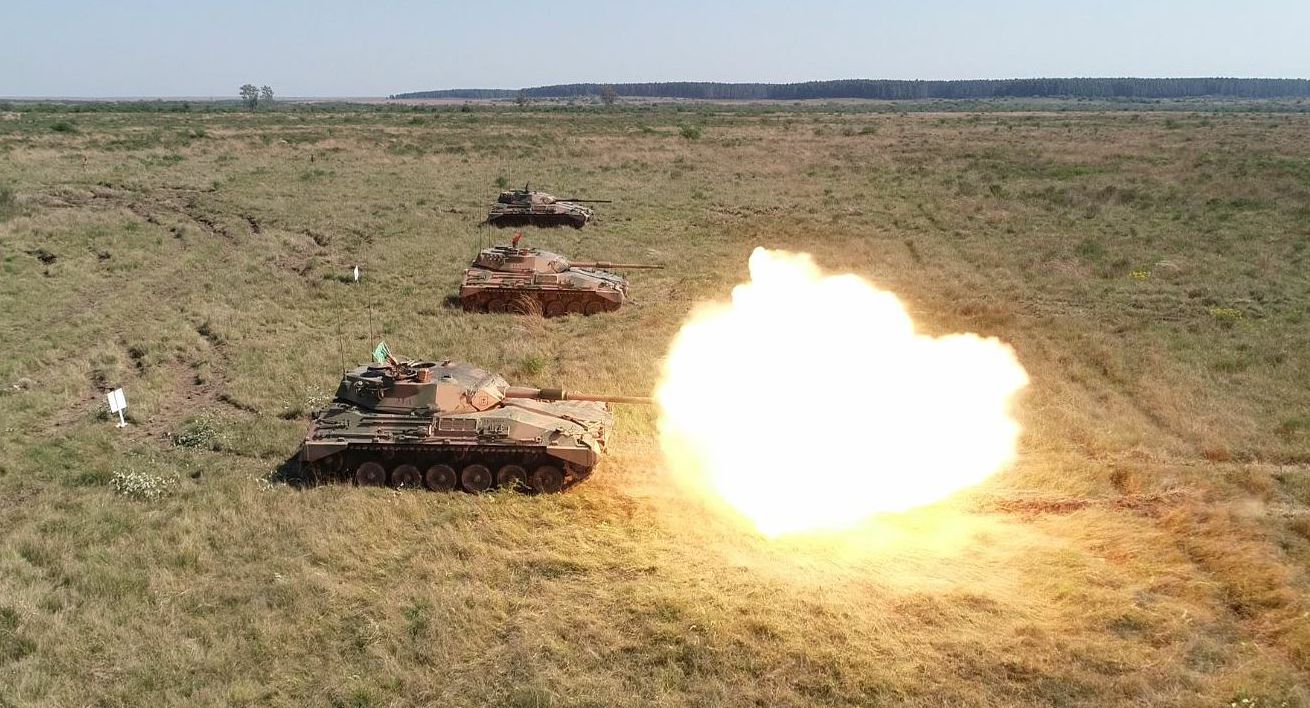
While the end of the Cold War saw the reunified German Army greatly reduced in size and prestige, the Marder soldiered on in reduced numbers, serving in a peacekeeping role in the former Yugoslavia in the late 1990s before taking part in its first true combat deployment in Afghanistan beginning in 2007. The Marder generally gave a good account of itself in this campaign, despite having been developed for an entirely different fighting environment.
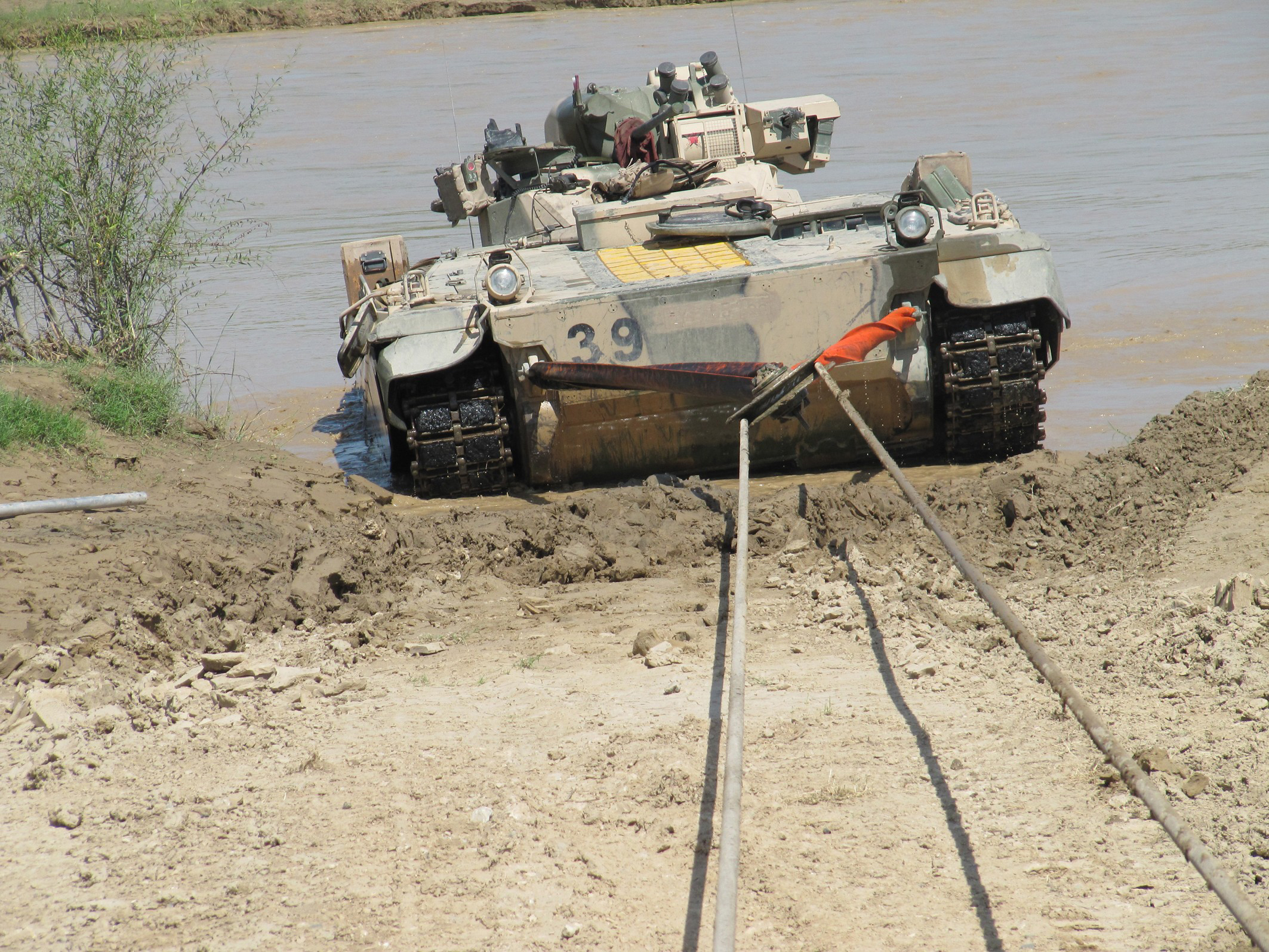
The manufacture provides the following account of the Marder’s service in Afghanistan:
“Owing to tactical considerations, the Marder IFV was often deployed in mixed formations together with wheeled vehicles like the Dingo. Besides security missions, the Marder IFV often served as an armored reserve in flanking operations. Due to the bulky equipment, the fighting compartment generally carried only four soldiers at most. The open, occasionally broken terrain of northern Afghanistan suited the Marder IFV very well; the irrigation ditches and typical earthen walls around the compounds generally posed no obstacle.
The Marder IFV encountered problems only when the enemy enjoyed local superiority in ambush situations involving large IEDs [improved explosive devices] and concentrated RPG [rocket-propelled grenade] fire. And then there was the terrible heat: in the rear of the fighting compartment, temperatures of up to 80°C [176°F] were measured. This is why the fighting compartments of all 35 Marder IFVs deployed were equipped with air conditioning systems starting in 2010.”
A video documenting the return of the final Marders from Afghanistan in 2013:

Moreover, with continued delays and cost overruns with the replacement Puma, the Marder has remained in frontline German service with the aid of progressive upgrades, most recently the 1A5A1 standard. Although the Puma was approved for service in April 2015, it wasn’t until March 2021 that the Chief of Staff of the German Army declared the new IFV to be combat-ready. Now, deliveries of the 350 Pumas on order are nearing completion, but the limited availability of the upgraded Very High Readiness Joint Task Force (VJTF) 2023 standard, required for NATO deployments, has driven the ongoing Marder upgrades, to bridge the gap.
Clearly, the German Army considers that the Marder still has more useful life in it, despite its veteran status, and the price tag of $122 million to provide 78 upgrade packages represents good value. These kits are being integrated on 71 Marders that are receiving a new powerplant, based around the more powerful Liebherr engine. Work is due to be completed by 2023. As well as these 71 vehicles undergoing the full upgrade, many more are still in the inventory: For example, Saphir 2.6 MK thermal sights have been purchased for 244 Marders. Plans call for the upgraded Marder to serve alongside the Puma “for several more years,” according to Rheinmetall.
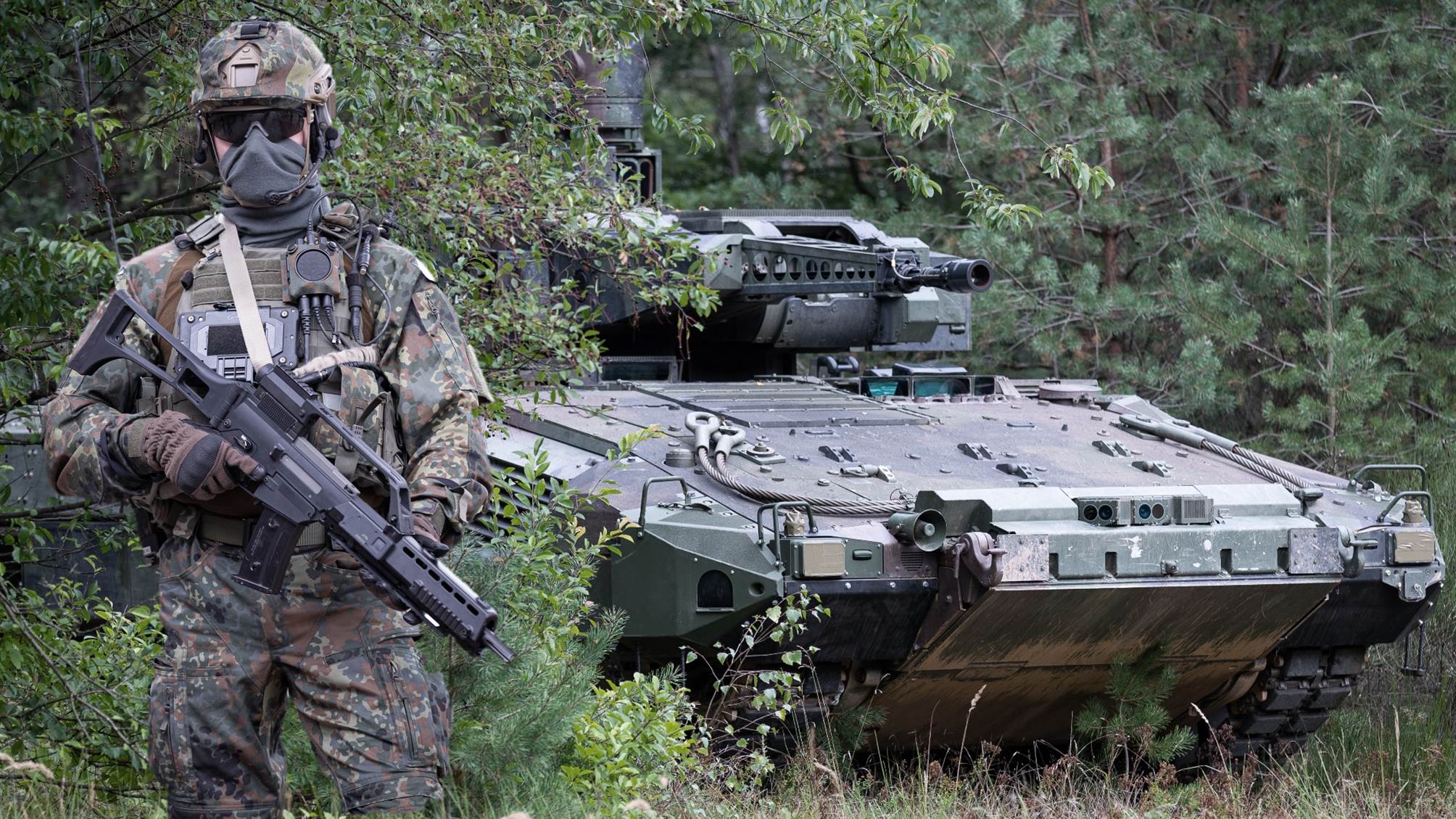
Outside Germany, however, the Marder is likely to remain in service even longer. While it wasn’t exported for many years, the IFV has since been sold to Chile, Jordan, and Indonesia. Between them, these nations have received around 300 Marders and represent a potential market for further upgrade packages, such as the 1A5A1 standard. In addition, Rheinmetall still has stocks of around 250 Marder 1A3 vehicles available for sale — and upgrade.
With that in mind, it’s very likely troops will continue to train to ride into battle aboard the Marder well beyond its 60th anniversary, likely aided by at least some of the upgrades now being integrated on the German Army’s vehicles.
Contact the author: thomas@thedrive.com
